In a world where gods come down and mess with the planet physically, you might expect members of the clergy to be powerful. And you’d be completely correct. The Cleric class in Baldur’s Gate 3 is a fantastic choice for any party. A spellcaster by trade, Clerics take on the dangers of Faerûn with a domain, divine magic, and feats to augment their combat ability.
However, knowing what to pick on this multifaceted class can be difficult to say the least. Other than the Fighter, there isn’t a class more suited for handling multiple roles in a single party. We’ll bring some inspiration by telling you how to build a Cleric that can handle their many responsibilities.
The best Cleric build in BG3
The goal for this character is going to be a ranged damage dealer with the ability to heal allies and provide powerful buffs. They also should be able to debuff just as well, making them capable of swinging fights in the party’s favor with a flick of the wrist. Because of this, we think that the best Clerics are Gold Dwarf Folk Hero with the Tempest Domain. Our goal is going to be to make a Cleric that can basically solo a fight on each short rest.
Because of how multiclassing works, it behooves us to put some limits in place for this guide. This guide is going to assume the following.
- You are playing a Custom Character. While the Origin Character Shadowheart is a fine choice to pick, she locks you into some pretty specific early-game options that aren’t always superb. We’ll be going full customization to avoid having to respec later.
- You are not multiclassing. There are loads of multiclass builds in BG3 that provide almost infinite bits of utility to a character. While the Cleric might be the worst multiclasser in the game (because why try and fix perfection?), it is still possible that dips into Druid or Fighter might change the character’s role and power level. We’ll just assume we are a pure Cleric all the way to level 12.
- You have the standard options for party members. BG3 actually introduces many different party members that want to be within melee range of enemies. Karlach, Wyll, Shadowheart, Lae’zel, and even Halsin all want to be shaking hands with their foes. Because of that, our Cleric’s need to tank is lowered significantly. We will use that to deal lots of damage from afar.
A Cleric’s role in a party
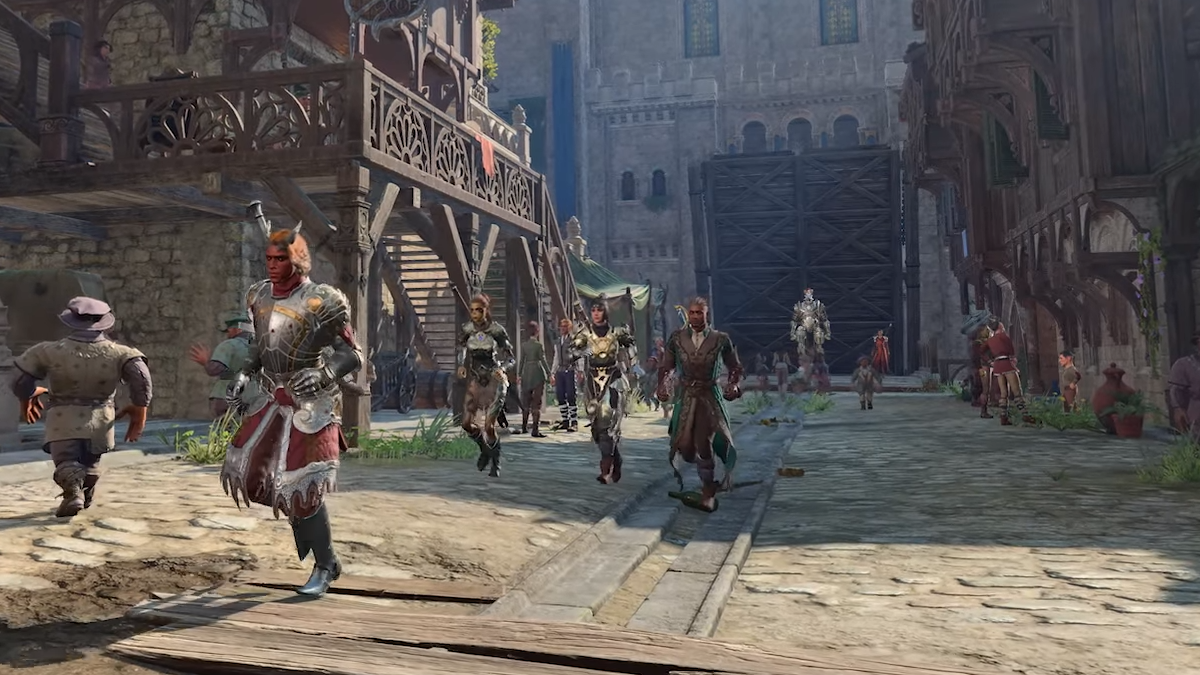
We believe that a Cleric should have the responsibility of both powerful support spellcasting and holding the frontlines in BG3. As one of the classes with access to Heavy Armor, it is easy for a Cleric to reach high AC. In addition, with spells like Shield of Faith, they can further improve their durability and cause enemies to miss, keeping attacks from dealing damage in the first place.
What a “good cleric” is depends so much on your party. A Cleric with a Bow can deal fine damage from a range while providing buffs to their party. A Cleric with a Sword and Shield can clog a hallway almost as well as any Fighter, Paladin, or Ranger.
However, there are quite a few companions that also want to hold the frontlines, putting us in a very unique situation. We don’t need to put our Cleric’s neck on the line, unlocking our ability to deal big damage from afar and saving low-level spell slots for healing.
For a party of Custom characters, we’d actually recommend something like a Drow Life Cleric for healing and buffs or a Gold Dwarf War Cleric for survivability. But, because Origin characters favor the frontlines to such an extent, we are going to compensate for a single-player experience.
Best start for a Cleric in BG3
- Race: Gold Dwarf
- Background: Folk Hero
- Ability Scores: STR 10, DEX 16, CON 14, INT 10, WIS 16, CHA 8
Our Cleric is going to be a Gold Dwarf for the extra health, since we plan on dropping Constitution just a touch, and their Darkvision and poison resistance helps us out. Our ability score spread will be Strength 10, Dexterity 16, Constitution 14, Intelligence 10, Wisdom 16, Charisma eight. The background we choose doesn’t matter too much, but a Folk Hero will provide us with good skills for what a Cleric does out-of-combat. We’ll pick up Insight and Medicine for our other two skills, making good use of our Wisdom.
Gold Dwarf is primarily chosen because we plan on taking a subclass that gives us martial weapon proficiency. As such, the Elves’ weapon proficiencies will be wasted, and we prefer the boost in health over out-of-combat utility. Clerics have such good out-of-combat that it isn’t necessary.
Our ability scores function for both ranged and melee combat. Our melee will be a Rapier and Shield while our Ranged will be a Longbow or Heavy Crossbow. If our Dwarf needs to jump onto the frontlines, they absolutely can, and that extra health per level will let them do so easily.
The best Cleric domain in BG3
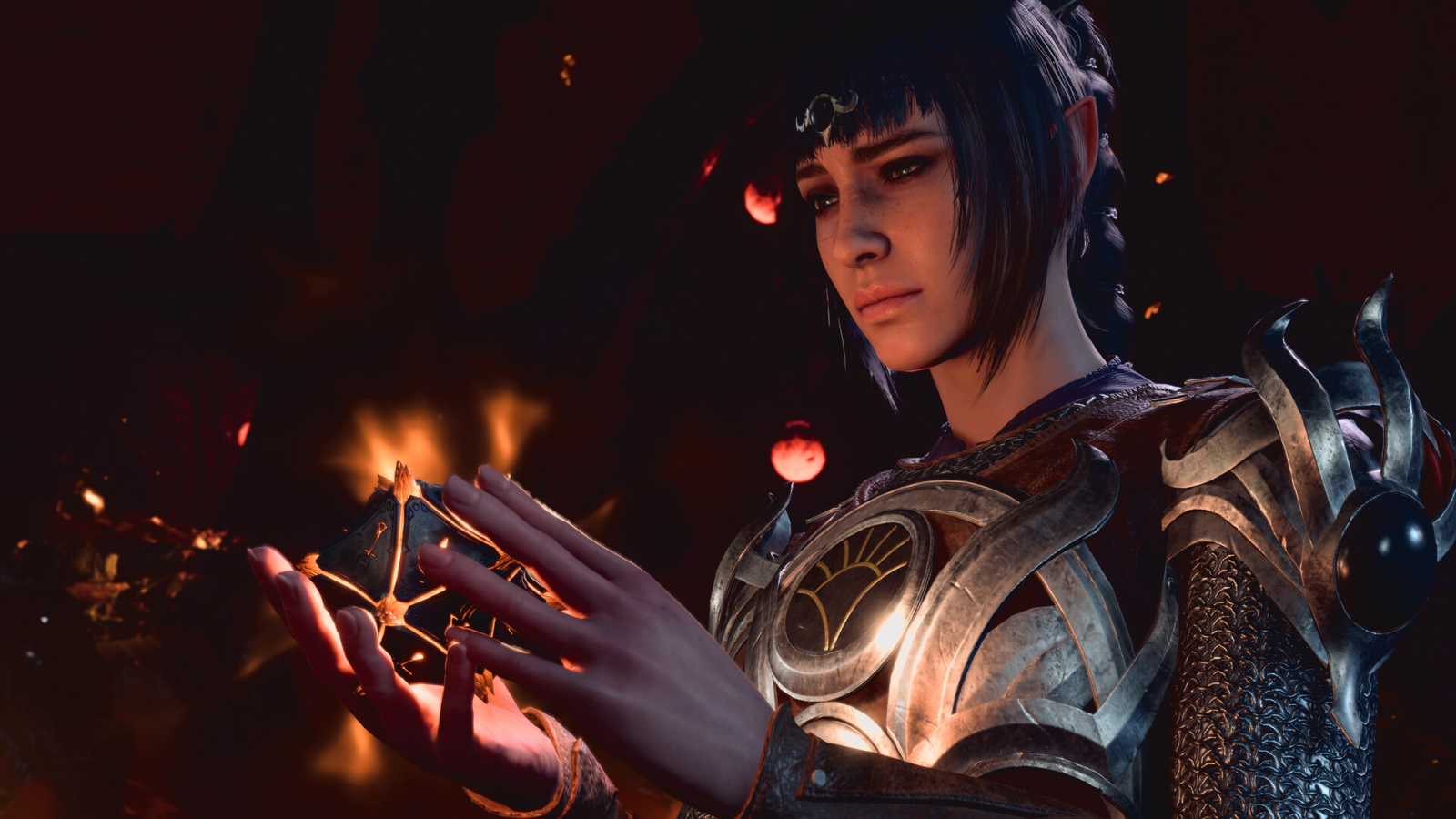
While we maintain that the best Cleric domain in BG3 is Life, we have a different approach to singleplayer content that makes the Tempest subclass really strong. The spell Shatter, when you use your Channel Divinity, does a titanic 24 damage guaranteed, or 12 on a save. That’s enough to wipe out many different kinds of enemies, from full-health Gnolls to summoned creatures, at level three. Then, when you get Destructive Wave at level nine, you instead deal 30 damage plus another 5d6 Radiant when you Channel Divinity. That’s absolutely ridiculous damage.
The Cleric’s job is as a healer and buffer, which it does quite well with just first level spell slots. Healing Word is one of the strongest support spells in the game, as it takes only your bonus action to raise someone from unconsciousness. The Cleric doesn’t really need the Life domain to be extremely good at their job, and Tempest allows them to do something that no other class can: guaranteed high damage rolls on area of effect damage spells.
Tempest turns your Cleric from a static, low-damage heal bot to someone who can win a fight with a single spell. That’s worth quite a lot, especially with how enemy-heavy some fights in BG3 can become. Since BG3 makes most of their Origin characters melee, we’ll compensate by doing a metric ton of ranged and area of effect damage. Who needs healing when all of the enemies are dead, anyways?
Spellcasting tips for Clerics: Best Cleric spells in BG3
The Cleric has access to every spell they could possibly know at any time. Simply by pressing “K,” you can swap spells from the full spell list.
Because of that, we recommend walking around with a full combat setup at all times. Clerics should have one spell with Concentration, such as Shield of Faith, the Healing Word spell, additional buffs such as Aid, and a bunch of different options for damage. They should also have some of the debuffs that Cleric gets, such as Hold Person. Once they reach level three, Lesser Restoration can be beneficial if an ally gets locked down.
Related: How Concentration works in DnD 5E
The many different out-of-combat spells that a Cleric gets, like Prayer of Healing, should be kept for when you are out of combat. Since you can swap on the fly, you might as well only put them on your spell list when you need them.
Healing in BG3 is similar to Dungeons & Dragons 5E in that it is very hard to do until lategame. Let’s say, for instance, you are a level one Cleric casting Cure Wounds on an ally. On average, you are healing around seven HP. An Intellect Devourer can do more damage than that on a single claw swing. That means you’ve spent a level one spell slot to do less healing than one of the first enemies deals in damage.
The Life Cleric increases that average healing to 10, which is part of the reason why we have so much respect for it. But even then, an attack from an Intellect Devourer can still bring your party member down. And don’t even get us started on high-damage enemies like the Gnoll Warlord or enemy Paladins that can turn people to paste from full health.
Because of the lack of strong healing until late game, a Cleric’s job should be prevent damage in the first place. The Tempest and War Domains are particularly good at that, with high-damage spells and Channel Divinity options. Tempest can allow their Domain Spells to fuel their damage options.
Best feats for a Cleric in BG3
The Cleric is one of the few classes that really wants both Wisdom and Constitution to be high. You have so many concentration spells that you must manage if you want to be realistically effective. In addition, for our build, we want our Dexterity to be high enough to consistently land attacks with our Bow. We can use bow attacks to trigger our Divine Strike at level eight, after all.
However, there are a few feats that can benefit the Cleric. Let’s go over our current favorite feat progression.
| Level | Description |
| Four | Ability Score Improvement: Wisdom Plus-Two |
| Eight | War Caster or Resilient (If you take Auntie Ethel’s bonus) |
| 12 | Ability Score Improvement: Wisdom Plus-Two |
War Caster is one of the few Cleric feats that we’d consider to be good enough to compensate for not getting our Dexterity to 18. War Caster gives you advantage on Concentration checks, a really strong bonus for a class that is so based on keeping up Concentration saves. Alternatively, you could take the Resilient Feat and, with Auntie Ethel’s plus-one to Constitution, get both extra health and proficiency in Constitution saving throws. This is good to get at midgame, where your concentration is likely being broken more and more commonly.
We’ve decided to keep our Dexterity low because we can be a prime recipient of the Gloves of Dexterity, which simply sets our Dexterity to 18. So we can afford to get our Wisdom to 20, a huge boon for a class where we desperately want enemies to fail their saving throws, especially in the endgame.
For our Cleric, the Elemental Adept feat might seem tantalizing. However, few things in the game actively resist Thunder or Lightning damage, and we can use the press of a button to max-roll damage. So, the benefits come up less often than I’d like from a feat.
Good magic items for a Cleric in BG3
The Cleric doesn’t really need too many magical items to survive. For our Tempest build, we are quite interested in the Lightning Charge system for magic items, since we can cap Lightning damage on weapon attacks in an emergency. We’ll also want to keep our eyes out for items that improve Spell Save DC, help our bow deal damage on turns where we don’t want to spend spell slots, improve our concentration, or give us survivability. That’s quite a lot, but nothing that most characters don’t want anyways.
- A strong bow, such as the Joltshooter, allows for you to build Lightning Charges and deal damage at a distance.
- The Lifebringer lets you turn the Lightning Charge system into defense through temporary hitpoints.
- The Blast Pendant and the Real Sparky Sparkswall allow you to consume Lightning Charges to deal Lightning damage in an area of effect. The Protecty Sparkswall instead improves AC and saving throws while benefiting from Lightning Charges.
- Gloves such as the Gauntlets of the Tyrant can improve your spell save DC. If you don’t mind your melee weapon becoming slightly weaker, a quarterstaff like Woe does the same thing. Gloves of Dexterity work for your hand slot if you want your Bow or Rapier to hit harder.
- We recommend a Cloak of Protection to improve your defenses. Most characters want these, though, so only take one if the people being attacked the most often aren’t needing it.
BG3 Cleric honorable mention: Life Cleric
Much of our advice for Tempest clerics still applies if you want to build a Life Cleric build. These clerics are much more reliant on their party, but can still do good damage with Wood Elf or Drow backgrounds to unlock weapon proficiency. We suggest these characters for multiplayer games with more ranged characters or for builds where you want an AC tank that can stay alive for a long time.
They also want to save healing for emergencies, but do much better at making the most out of each healing spell. Instead of soloing fights with their area of effect magic, focus more on buffs and debuffs. You can still win a fight with a solid Hold Person or Banishment.
Your magic items should focus less on Lightning Charge synergy and more on synergies that come from healing. The Boots of Aid and Comfort and Hellrider’s Pride are great examples of magic items that benefit you for healing mid-combat. Healing Word is still your friend as a Life Cleric, since you can heal a target and then bean another one with an arrow.
Others Asked
What are the recommended ability scores for Paladins in Baldur's Gate 3?
The recommended ability scores for Paladins in Baldur's Gate 3 are Strength: 16, Dexterity: 10, Constitution: 14, Wisdom: 10, Charisma: 16, and Intelligence: 8.
What are the recommended ability scores for a Rogue in Baldur's Gate 3 according to the game, and why might a player choose to adjust them?
The game recommends the following ability scores for a Rogue: Strength 8, Dexterity 17, Constitution 14, Intelligence 13, Wisdom 13, Charisma 10. A player might choose to adjust them by moving points from Intelligence to Charisma to enhance dialogue interactions and open up more interesting role-playing opportunities.
What is the recommended subclass for Bards in Baldur's Gate 3 and what benefits does it provide?
The recommended subclass for Bards in Baldur's Gate 3 is the College of Valor. It provides benefits such as Medium Armor Proficiency, Shield Proficiency, Martial Weapon Proficiency, and Combat Inspiration, which adds bonuses to allies' Attack Rolls, Ability checks, Armor Class, weapon damage, or Saving Throws. It also grants an Extra Attack at level six.



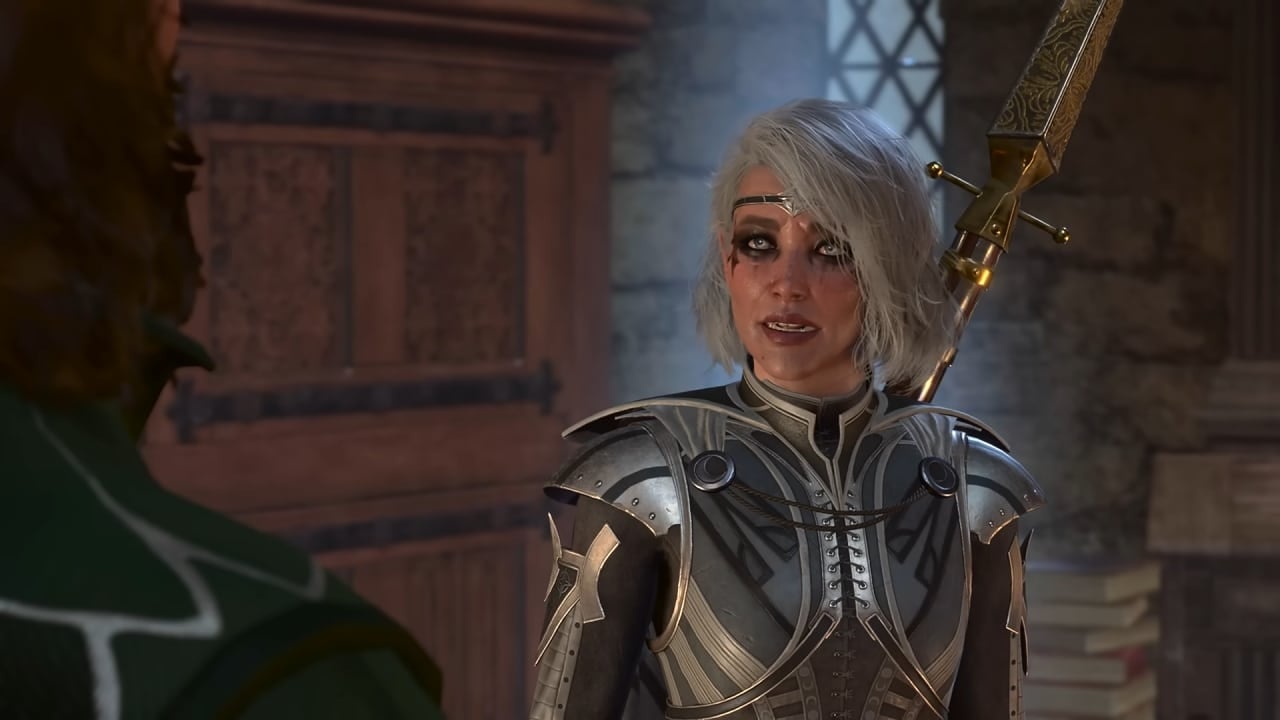


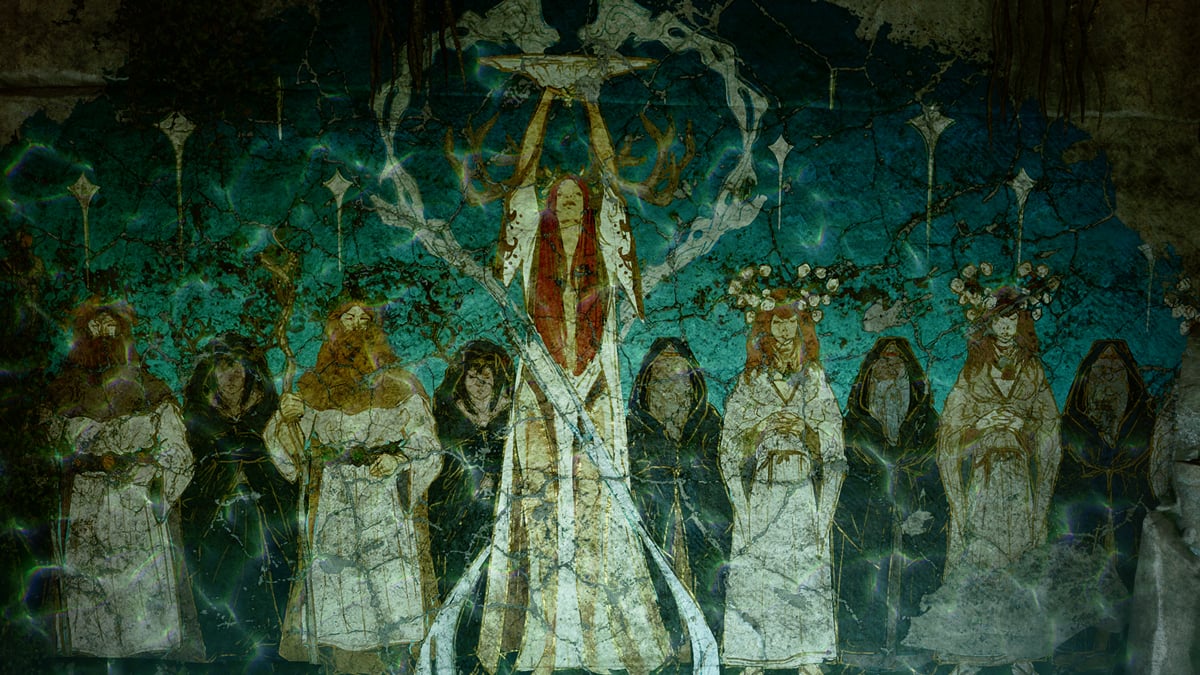
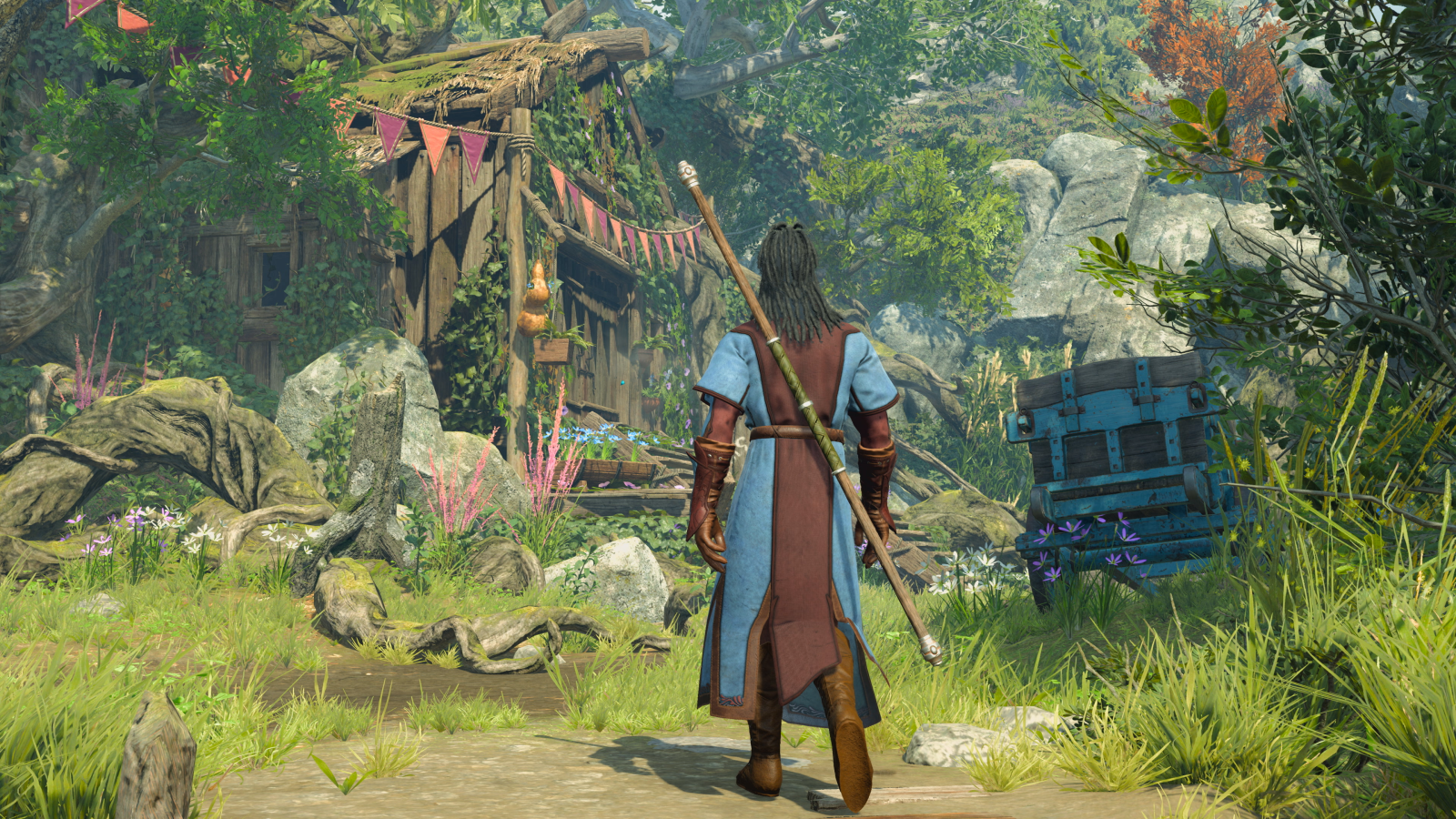




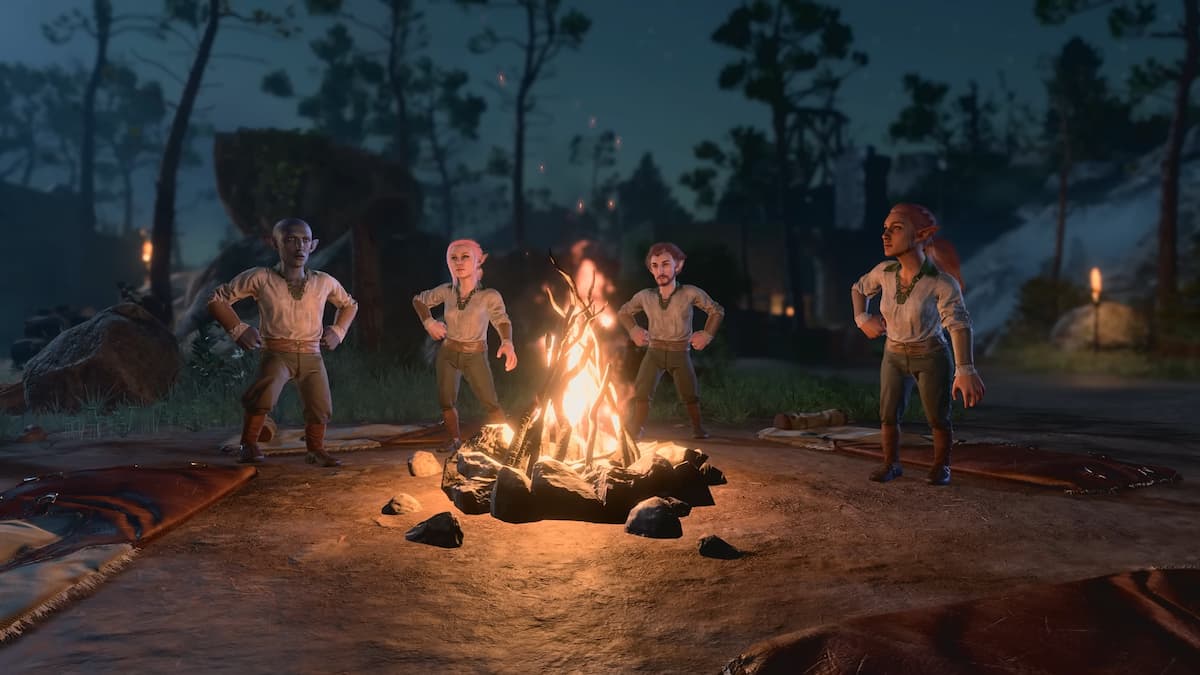


Published: Aug 15, 2023 03:20 pm